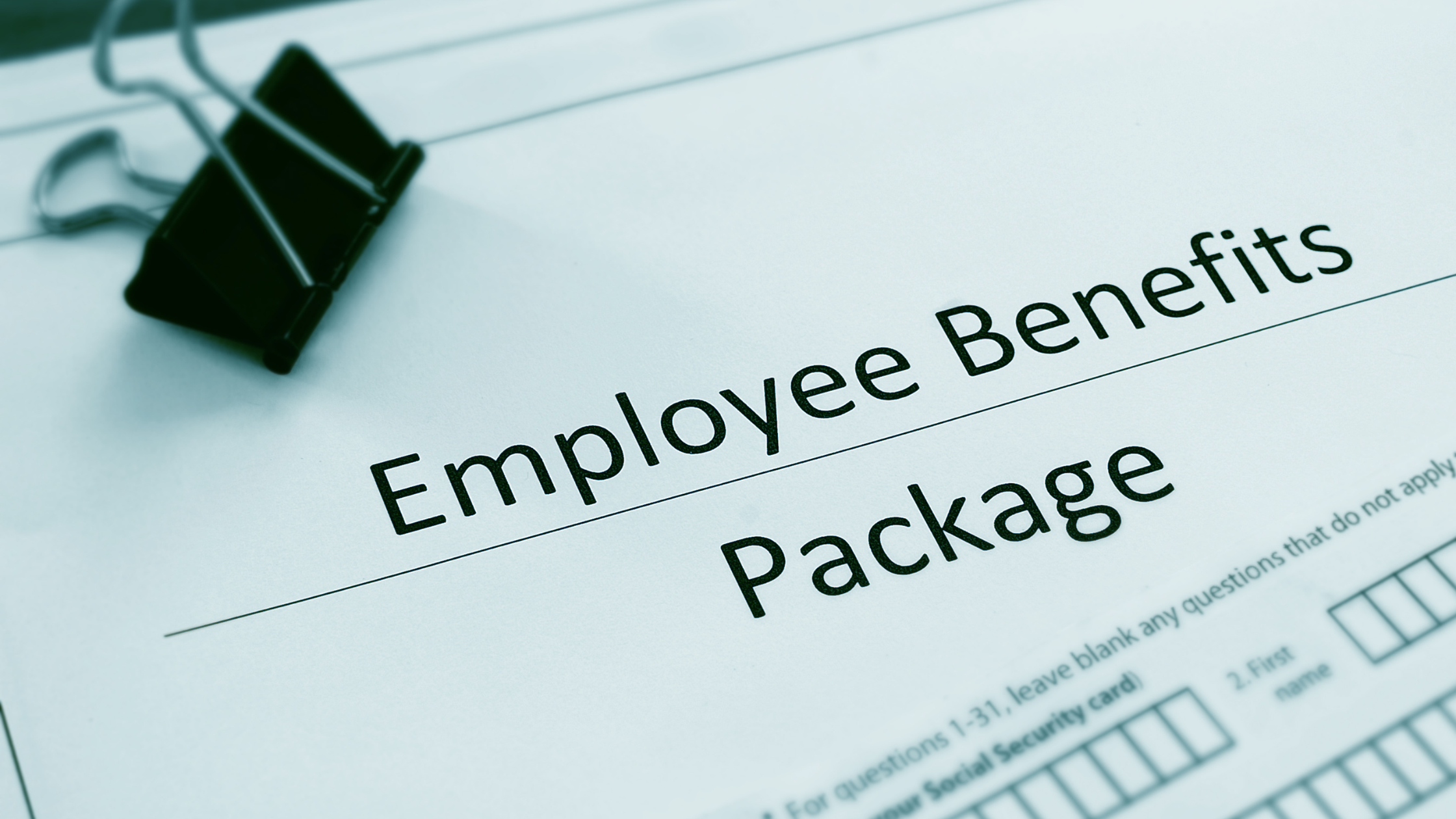A healthcare spending account (HCSA or HSA) is a practical and effective benefits plan option that can serve as an alternative to, or an addition to, a conventional group health and dental plan. A plan design that includes HCSAs allows the employer to set a fixed budget for available benefits, while giving employees the freedom to prioritize their own healthcare spending.
An HCSA provides employees with a set funding amount, pre-determined at the beginning of each benefit year, to cover eligible health care costs. Employees will be reimbursed for eligible medical and dental claims at 100%, up to the total HCSA amount available to them each year. A new HCSA amount is funded by the employer every 12 months.
There are different HCSA plan design options depending on the type of carry forward the employer wants to allow.
Carry Forward Options
Employers can customize their HCSA plan to best meet their business goals. These plans can be structured in one of three ways:
1. Balance Carry Forward
Balance carry forward is the most popular structure for HCSA plans. With this plan design, any remaining balance an employee has at the end of year one will be carried forward and added to their balance for year two.
If the employee has carry-forward funds from year one remaining at the end of year two, the remaining carry-forward amount is returned to the employer. However, if an employee exhausts their full HCSA balance, additional expenses cannot be carried forward to the next year under Income Tax Act guidelines.
The accounting required for a balance carry forward plan is typically managed by a third party administrator or benefit provider on the employer’s behalf.
This type of plan allows the employee to plan and budget for large expenditures, such as orthodontic expenses, over a two year period by saving some funds from the previous year. Balance carry forward plans are a great option for employers looking to empower employees to make their own decisions about their benefits dollars, and to allow employees the longest time period to make use of their HCSA funds.
2. Expense Carry Forward
Expense carry forward plans allow expenses that remain unclaimed at the end of the benefit year to be carried forward and reimbursed from the next year’s funds. However, if the employee does not use their HCSA funds within the benefit year, the funds are returned to the employer and may not be carried forward.
Entrepreneurs or small business owners may appreciate the flexibility in budgeting that an expense carry forward plan allows. If they incur an unanticipated expense during the benefit year which is too large for the current HCSA funding to cover, that expense can be carried forward and paid from the following year’s funds.
3. No Carry Forward
Plans with no carry forward operate on a “use it or lose it” principle. Employees have 12 months to use their HCSA funds, after which any unspent funds are returned to the employer. Neither funds nor expenses can be carried forward to the next benefit year.
Employers report that no carry forward plans are straightforward and very easy to communicate to employees, for example, when introducing a benefits plan for the first time.
A plan with no carry forward can also be used as a one-time benefit on a reward basis, such as recognizing extraordinary company performance. A no carry forward HCSA can be added to a conventional plan for all employees for a twelve-month period, after which any unspent funds return to the employer.
The Advantages of Flexibility
Regardless of the type of carry forward, a wide variety of medical and dental expenses can be paid through an HCSA. Canada Revenue Agency excludes strictly cosmetic items, like teeth whitening; however, many expenses not normally eligible under a conventional plan design can be claimed, including:
- Corrective laser eye surgery
- Orthodontics and dental implants
- Expenses related to disabilities like special tutoring or educational programs
- Private Health Services Plan (PHSP) premiums
From the broad selection of eligible expenses, each employee can decide which expenses to claim through their HCSA for their family. Employers can decide the amount available to each class of employees, allowing different benefits for the groups within their group.
In addition, HCSAs are the last payor under coordination of benefits guidelines, so couples can maximize their benefits by coordinating with their spouse’s conventional benefits plan and saving their HCSA funds until last.
Each of the three HCSA options has advantages, depending on what your organization wants to achieve. Many employers are including one of these types of HCSAs as a component of a custom benefits plan, to provide more flexibility than a conventional plan while helping to control costs.
>> The Benefits Trust can help you design a custom health care spending account plan. Contact us to see firsthand how we help business owners build a better benefits plan than they can get anywhere else.
Related Posts:
- How to Use Your Benefits Plan as a Business Tool
- Aligning Your Benefits Plan with Your Corporate Compensation Philosophy
- Phasing in Employee Benefits by Seniority







